Essential Mountain Terminologies for the Adventure Freaks
 Last Updated: 25 Feb, 2019 By Arun Joshi
Last Updated: 25 Feb, 2019 By Arun Joshi
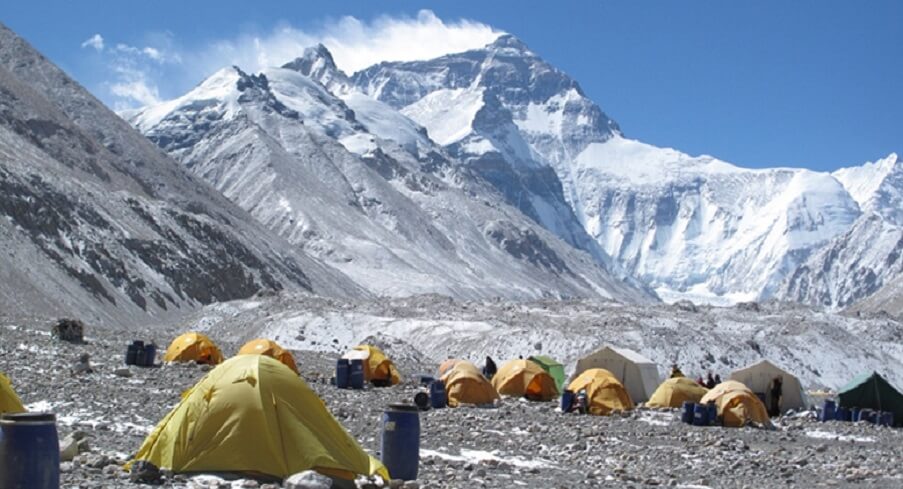
Are you an adventure freak and love to conquer the highest peaks of the world? If yes, you must have the power and thrill in you to climb the high hills. Being the most adventurous kind of activities, mountaineering and trekking is the ultimate way to explore the real power in you. But, beware! They also bring challenges for you. So you must be cautious enough before planning for a mountain climbing or trekking. An assistance of a guided expert is also needed and the most important is the complete information regarding this thrilling activity.
Recommended Tours
For this, here are the glossaries of some of the most important terms used at the time of climbing the hills so that it would be helpful for you to make your ways out of the rugged paving of the mountains:
Base Camp
It’s a main encampment or an area used for staging an attempt at the maximum elevation on the mountain. Base camps are designed so to bring a safer position for the mountaineers and trekkers from harsh and adverse conditions. Many base camps are available at different popular and dangerous mountains to bring supplies, shelter and communications for persons engaged in wide ranging activities. The trekkers cannot reach at the peak from the base camp in a single day and so additional camps are being installed above the base camp. For example, the Southeast Ridge route on Mount Everest has Base Camp plus (normally) camps I through IV.
Bergschrund (Schrund)
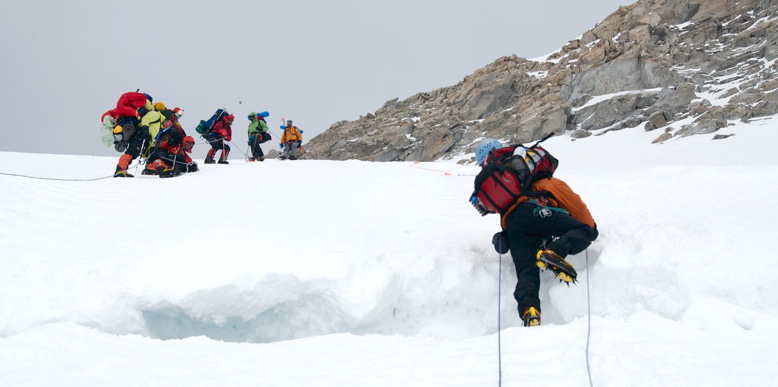
A deep fissure or cracks formed on the upper portion of the glacier from where the moving glacier ice separates from stagnant ice above. It is often a serious obstacle for the mountaineers who also term it as Schrund.
Bivouac (Bivy, Bivi)
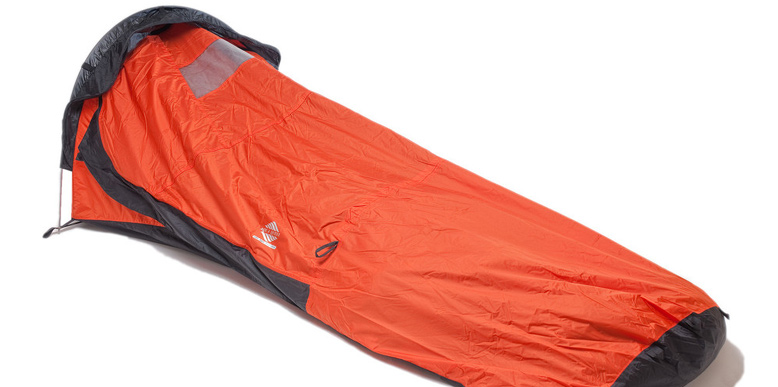
A bivouac shelter is one of the forms of improvised camp sites used in mountain climbing. It is referred to sleeping in the open with a bivouac sack and is also considered as a shelter composed of natural materials like leaves, ferns and similar for waterproofing and duff (leaf litter) for insulation.
Cairn
Cairn is a Scottish term used for a man-made pile (or stack) of stones. Cairns are found all over the world in the uplands, on moorland, on mountaintops, near waterways and on sea cliffs, and also in a barren desert and tundra areas. Cairns vary in size from small heaps to large conical hills and can even be painted or decorated for religious purposes too to mark a route or the route junction in the mountains or trekking region.
Chimney
A rock cleft with vertical sides mostly parallel, large enough to fit the climber’s body into. To climb such a structure, the climber often uses his head, back and feet to apply opposite pressure on the vertical walls.
Cornice
An over-hanging edge of snow on a ridge or crest of a mountain and along the sides of gullies. It is formed by wind blowing snow over sharp terrain breaks where it remain attached and build horizontally. It is risky to walk or stand over it or in the fall line below it.
Crevasses
Crevasses is termed as a deep crack in a glacier surface that varies in width and depth and are often concealed by surface snow and can be opened or concealed. The crevasses can be found open in the lower part of the glacier. Crevasses form as a result of the movement and resulting stress associated with the shear stress generated when two semi-rigid pieces above a plastic substrate have different rates of movement. After a fresh fall of snow they can only be detected by sounding with the pole of the ice axe, or by looking to right and left where the open extension of a partially hidden crevasse may be obvious. The safeguard against accident is the rope, and no one should ever cross a snow-covered glacier unless roped to one, or even better to two companions. Anyone venturing onto crevasses should also be trained in crevasse rescue since the concealed crevasses are a hazard for climbers on glaciers.
Fixed Rope
A rope anchored to a route by the lead climber and left in place for others who follow; a mechanical ascender or, on a traverse, clipped-in carabineers sliding along the rope can be used for extra climbing assistance and protection.
Glaciers
Glaciers are the giant cracks in the ice which are often not visible and only ¼ part of it can be visible as snow can be blown and freeze over the top to make a snow bridge. At times snow bridges can be as thin as a few inches. Climbers use a system of ropes to protect themselves from such hazards. The glacier travelers use the basic devices like crampons and ice-axes to protect themselves from such hazards. Teams of two to five climbers tie into a rope equally spaced. If a climber begins to fall the other members of the team perform a self-arrest to stop the fall. The other members of the team perform a crevasse rescue to pull the fallen climber from the crevasse.
Glissading
This is a process of descending from the mountain and is purely enjoyable by dropping oneself thousand feet of elevation in minutes, under a controlled manner. Don’t glissade a slope you have not climbed up except for short easy stretches that you can fully observe.
Ice Slopes
One of the falling things for mountain climbing, the ice slopes are the composition of rock, ice and snow slope during winters. Crampons are a standard part of a mountaineer’s equipment for snow cutting which is a slow and tiring process. Crampons are used for soft ice/snow slope but for either case, the ice-axe can be useful since it not only used for cutting and making paves, it also assists in climbing the tough slopes.
Recommended Tours
Mixed Climbing
It is a process of ascending a route involving a combination of snow, rock and ice.
Moat
A moat is a gap between the top edge of a glacier and the upper portions of the mountain face.
Moraine
A random amassing of boulders, rocks, scree and sand carried naturally down the mountain and deposited by a glacier. Crossing a moraine by the trekker is time taking and is only done when alternative routes would take even more time.
Rappelling (Rap, Abseil)
It is the process of descending through a fixed rope by means of a breaking device. Rappelling is the controlled descent down a rock face using a rope. Climbers use this technique when a cliff or slope is too steep and/or dangerous to descend without protection.
Saddle (Col, Low Point)
Saddle is the lowest point of elevation between two peaks. The col is often termed as the low point like in a ridge; between two lesser points. These are the common accessing points in the routes of hiking and trekking since these routes follow the low ground.
Scree
Scree is coined for small loose rocks. To cross over these rocks is really challenging as if climbing a slope of loose sand. The scree slops are generally used for descending the mountain and are often being avoided by the traditional gypsies of those areas.
Shelter
Shelters could be of different forms depending upon the requirements and the conditions. It’s a very important aspect of safety for the climber as the weather in the mountains may be very unpredictable. Tall mountains may require many days of camping on the mountain.
Snow Cave
Snow caves are much warmer and safer than tents and most of the climbers prefer it. They can be built relatively easily, given sufficient time, using a snow shovel. A correctly made snow cave will hover around freezing, which relative to outside temperatures can be very warm. They can be dug anywhere where there is at least four feet of snow.
Spur
A subsidiary summit of a hill or a mountain with low topographic prominence as they are lower than their parent summit and are closely connected to them on the same ridgeline.
Tent
One of the most common forms of shelter in the mountain area, tenting varies from simple tarps to much heavier designs intended to withstand harsh mountain conditions. In exposed positions, windbreaks of snow or rock may be required to shelter the tent. The specialized mountaineering tents are used by the mountaineers as they are specifically designed for high winds and moderate to heavy snow loads.
Top Rope
It is a climbing rope anchored above both the belayer and the climber. The loop made in the rope is used to belay someone from below to loop up through a high anchor and then back down to the climber.
Traverse
It is an act of moving laterally across the terrain instead of ascending or descending.
These terminologies will be really helpful for you to understand the situation and the atmosphere of the areas so you can plan yourself accordingly and can have a happy and safe expedition towards the high mountains with precautions. Have a happy journey.
 Published: 12 Feb, 2013By Arun Joshi
Published: 12 Feb, 2013By Arun Joshi
Popular Post
Category by Destinations
Recent Post
Enquiry Form
Get Customized Travel Quotes from Peak Adventure
Error: Contact form not found.


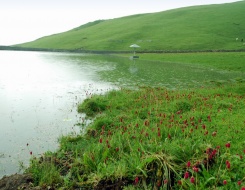
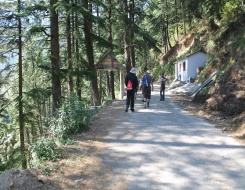
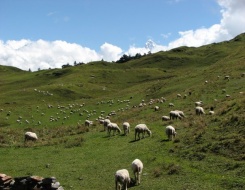
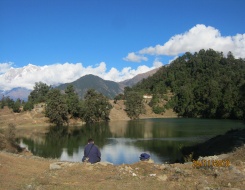
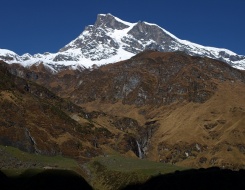
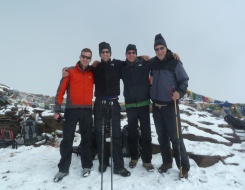
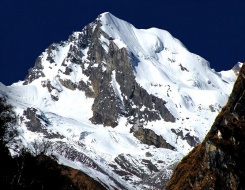
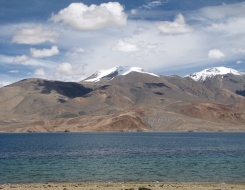
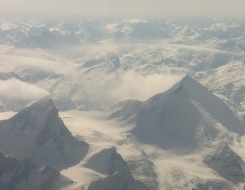
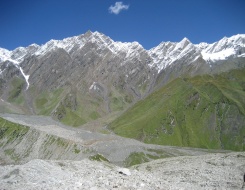
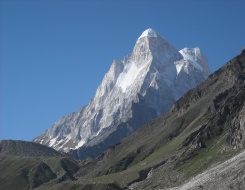
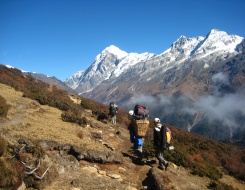
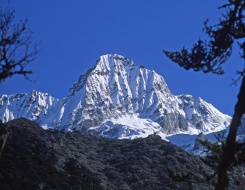
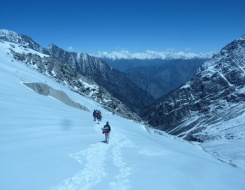
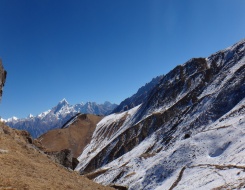
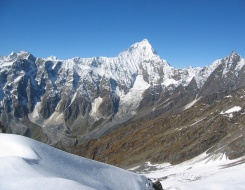
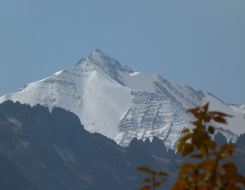
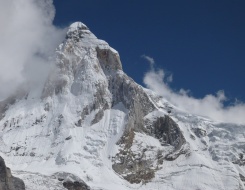
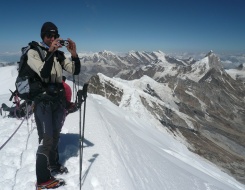
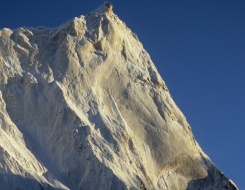

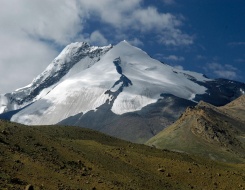
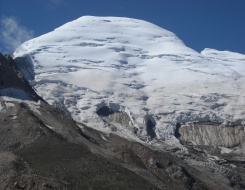
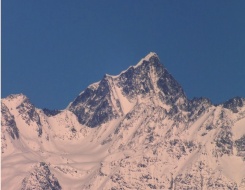
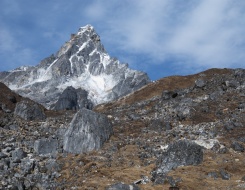
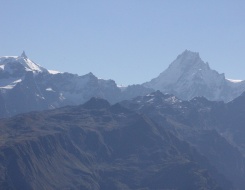
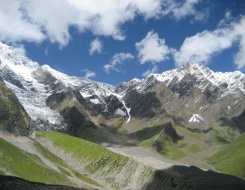
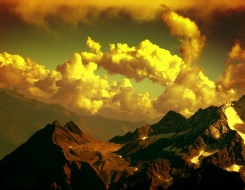
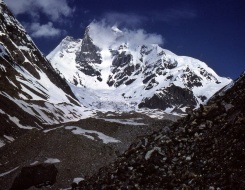
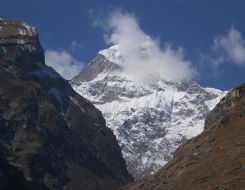
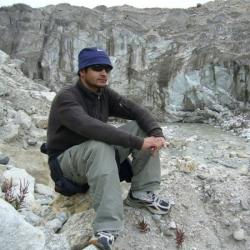

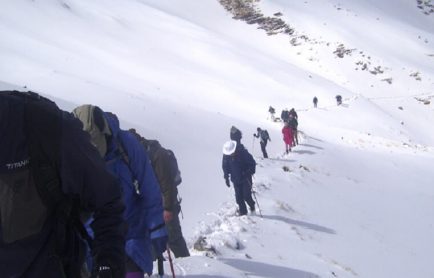
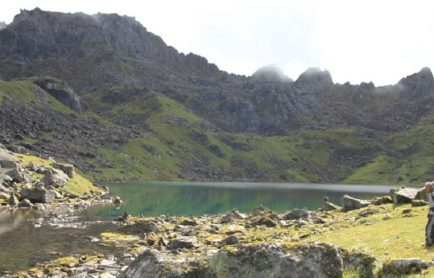
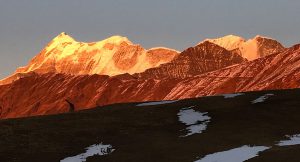
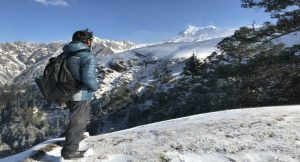
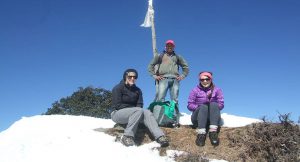
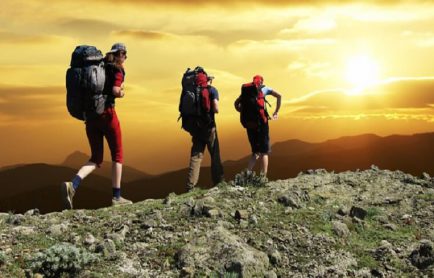
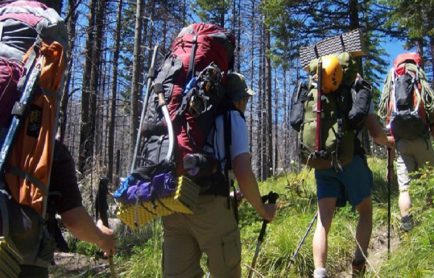
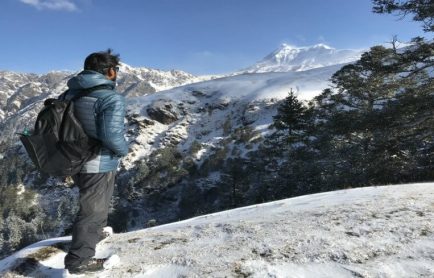

 +919212553108
+919212553108 +919212553108
+919212553108 +919212553109
+919212553109